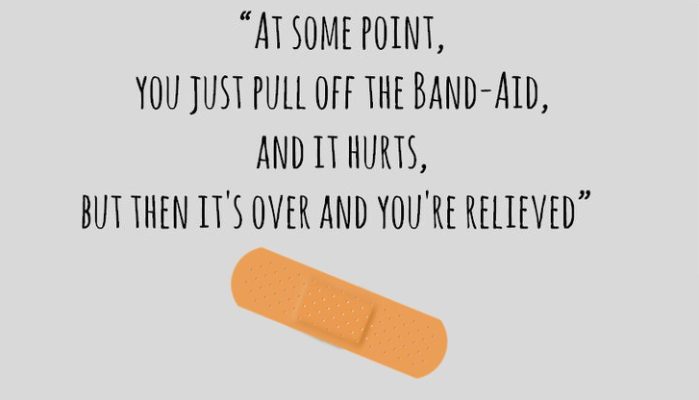This is a 2 part series. In Part 1 (Are you a Seat of the Pants Communicator?), I address how a communications audit can help you get a grasp on what you are spending your time on. In Part 2 (Developing a full blown communication strategy and plan), I’ll show you how to move from a plan to a full blown communication strategy.
How many of you are the “seat of the pants” kind of communicator? You know what I mean. Everything gets dumped on your desk. All of the deadlines become a jumble. You work on just what has to go out that day.
One of the best ways to get ahead of the curve is through planning. But you have to move away from thinking of planning as a project. It’s not a one and done. It’s a process. The time invested in planning offers many rewards, including: your proof of contribution, budget validity, time savings and focus.
The best way to start, is by just ripping the Band-Aid off. You need to do a communications audit. Take stock of what you are currently doing. You can do the down and dirty method that involves no one but yourself. The key is you have to be willing to detach yourself. You can’t have a pet project. You have to be able to step back and look at each project as an outside consultant.
Take each item and look at when it was created. Does it still tell your story? When was it refreshed? Who is responsible? Is it still viable? Is there work to be done? Should it be discarded? Is there a better way to communicate the message now? Once you answer those, move on to the biggest components of the project. Who much time does it take? What is the budget for it? Be honest – is the piece or program a benefit or is it something you do just because it’s always been done?
Once you’ve looked at all of the components, you need to define the current objectives your organization has in place. Are you contributing with delivering that message currently? Does the corporate goals match your department goals? They should. These goal not only need to include a public aspect, but they also need to address internal initiatives as well.
Once you’ve completed these steps, you’ve got a mini strategic plan for your communications. Now you need to move that forward into full blown communication planning.



